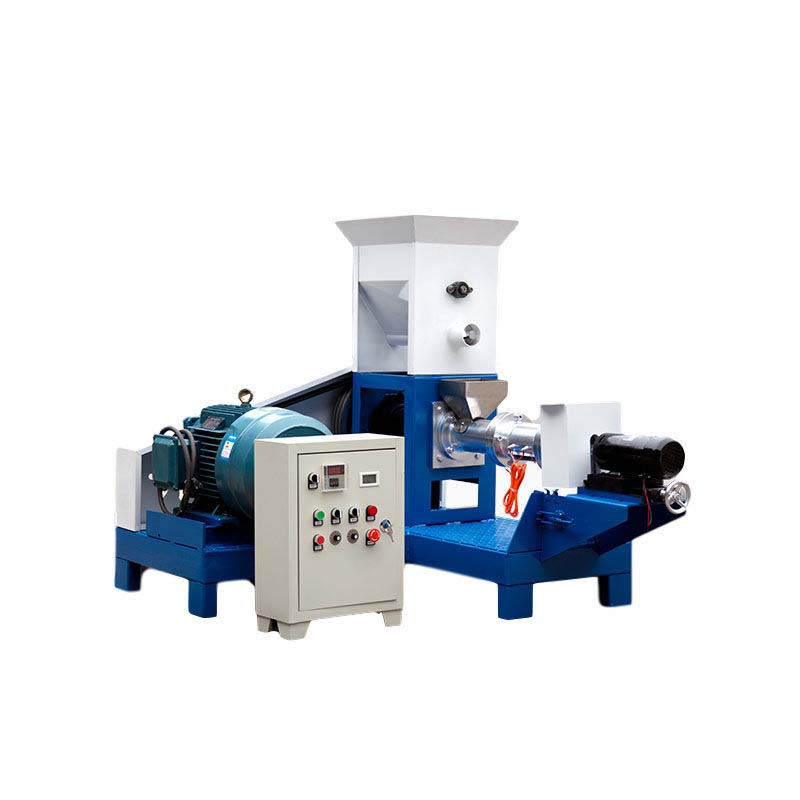Efficient Animal Pellet Feed Production Machine for Sustainable Livestock Farming Solutions
Oct . 31, 2024 17:51 Back to list
Efficient Animal Pellet Feed Production Machine for Sustainable Livestock Farming Solutions
The Importance of Animal Pellet Feed Machines in Modern Agriculture
In today's fast-paced agricultural landscape, the demand for efficient and high-quality animal feed production has never been greater. Among the various technologies employed in this sector, the animal pellet feed machine stands out as a critical tool for livestock and aquaculture. This machinery not only enhances the nutritional value of feed but also streamlines production processes, making it an essential investment for farmers and feed manufacturers alike.
Animal pellet feed machines process raw ingredients into compact pellets, which improve feed intake and digestibility in animals. This transformation ensures that livestock, such as cattle, pigs, and poultry, receive a balanced diet rich in essential nutrients, vitamins, and minerals. Pelleted feed can reduce waste and sorting behavior in animals, allowing them to consume all necessary nutrients in a single meal. This is particularly significant in settings like commercial poultry farms, where optimized feed intake directly impacts growth rates and overall productivity.
One of the main advantages of using an animal pellet feed machine is its ability to incorporate various raw materials. Ingredients like grains, protein sources, and additives can be mixed and pressed into pellets, offering a versatile solution for a diverse range of livestock diets. This flexibility enables farmers to formulate specialized diets tailored to the specific needs of different animals and production stages, ultimately enhancing health and production efficiency.
animal pellet feed machine

In addition to nutritional benefits, pelletizing feed can also improve its storage and handling characteristics. Pelleted feed is denser than loose feed and has a longer shelf life due to reduced moisture absorption. This feature is critical for producers who need to store large quantities of feed for extended periods. Furthermore, pelleted feeds are less prone to contamination from pests or mold, ensuring that livestock receive safe and healthy nutrition.
The operational efficiency of animal pellet feed machines contributes to cost savings for producers. While the initial investment in such machinery can be significant, the long-term benefits often outweigh the costs. Production processes become faster and require less labor, while the consistent quality of pellets reduces the risk of product recalls due to contamination or inconsistency. Consequently, many farms are making the transition to in-house pellet production to maximize their margins and ensure a reliable feed supply.
With the growing emphasis on sustainable agricultural practices, animal pellet feed machines also play a crucial role in reducing environmental impact. By maximizing feed efficiency, these machines help minimize feed waste, thereby lowering the overall carbon footprint of livestock production. Additionally, the ability to utilize alternative feed ingredients, such as by-products from other industries, can lead to a more sustainable feed supply chain.
In conclusion, animal pellet feed machines are a vital component in the modern agricultural toolkit. By enhancing feed quality, optimizing production efficiency, and promoting sustainable practices, these machines support the growing demands of the livestock industry while contributing to overall food security. As agriculture continues to evolve, investing in such technologies will be key to maintaining competitiveness and ensuring healthy, productive livestock.
-
Hot Sale 24 & 18 Door Rabbit Cages - Premium Breeding Solutions
NewsJul.25,2025
-
Automatic Feeding Line System Pan Feeder Nipple Drinker - Anping County Yize Metal Products Co., Ltd.
NewsJul.21,2025
-
Automatic Feeding Line System Pan Feeder Nipple Drinker - Anping County Yize Metal Products Co., Ltd.
NewsJul.21,2025
-
Automatic Feeding Line System - Anping Yize | Precision & Nipple
NewsJul.21,2025
-
Automatic Feeding Line System - Anping Yize | Precision & Nipple
NewsJul.21,2025
-
Automatic Feeding Line System-Anping County Yize Metal Products Co., Ltd.|Efficient Feed Distribution&Customized Animal Farming Solutions
NewsJul.21,2025






